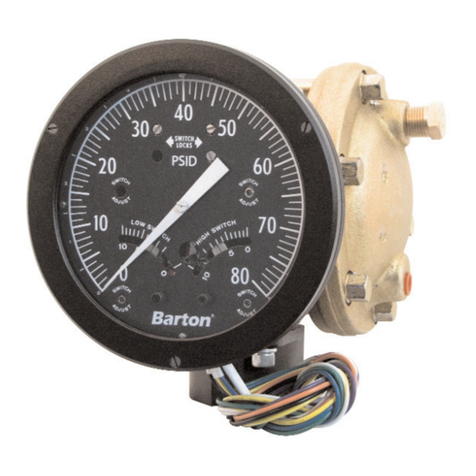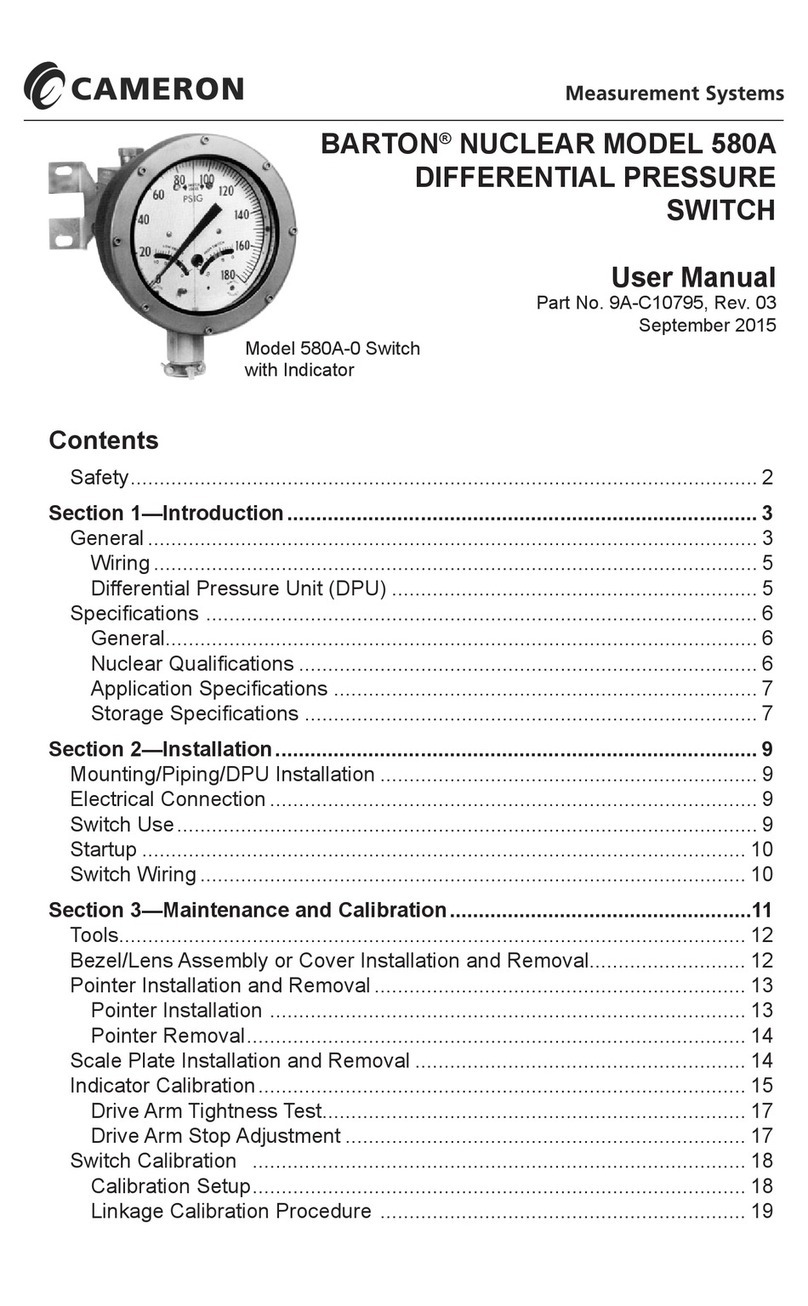
2
Safety
WARNING: This symbol identifi es information about practices or circum-
stances that can lead to personal injury or death, property damage, or
economic loss.
CAUTION: Indicates actions or procedures which if not performed correctly
may lead to personal injury or incorrect function of the instrument
or connected equipment.
IMPORTANT: Indicates actions or procedures which may aff ect instrument operation or
may lead to an instrument response that is not planned.
Product Brand
* Mark of Schlumberger.
Other company, product, and service names are the properties of their respective owners.
Copyright © 2017 Schlumberger. All rights reserved.
Best Practices for Set Points ................................................................... 22
Changing Set Point of an In-Service Instrument ..................................... 23
Changing Set Point of an Out-of-Service Instrument .............................. 24
Range Changes ...................................................................................... 24
Parts Replacement...................................................................................25
Troubleshooting ......................................................................................... 26
Section 4—Assembly Drawing and Parts Lists ..................................... 28
Section 5—Dimensional Drawings .......................................................... 34
Appendix A—Model 224 DPU ................................................................A-1
DPU Description ........................................................................................A-1
Specifi cations .........................................................................................A-1
Theory of Operation ...............................................................................A-3
DPU Installation .........................................................................................A-4
General...................................................................................................A-4
Mounting.................................................................................................A-5
Piping .....................................................................................................A-5
Piping Diagrams .....................................................................................A-6
Startup .....................................................................................................A-12
DPU Maintenance ....................................................................................A-12
Required Tools .....................................................................................A-12
DPU Cleaning/Inspection Procedure....................................................A-13
Changing the DPU Range ....................................................................A-14
Replacing the Bellows Unit Assembly (BUA) .......................................A-14
DPU Troubleshooting ...............................................................................A-15
DPU Assembly Drawing and Parts List ....................................................A-17
DPU Dimensional Drawings.....................................................................A-19





























